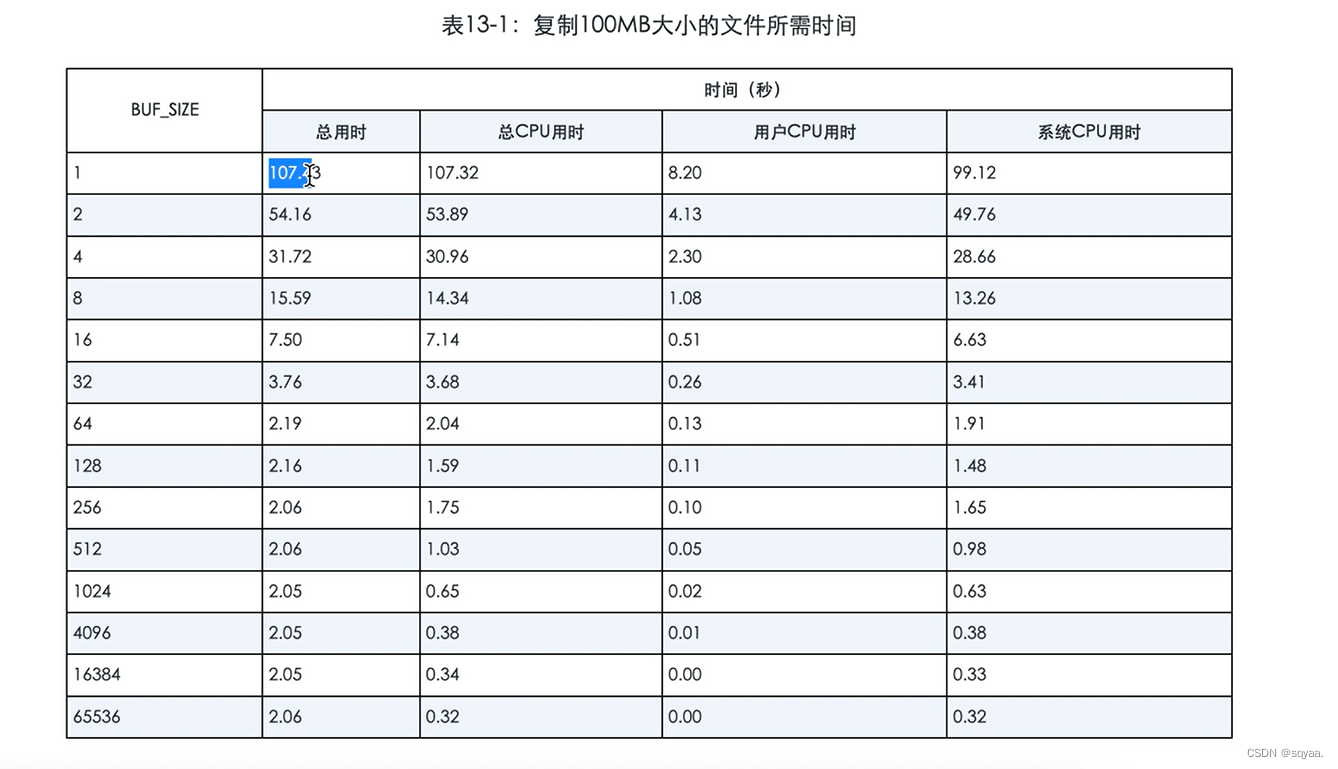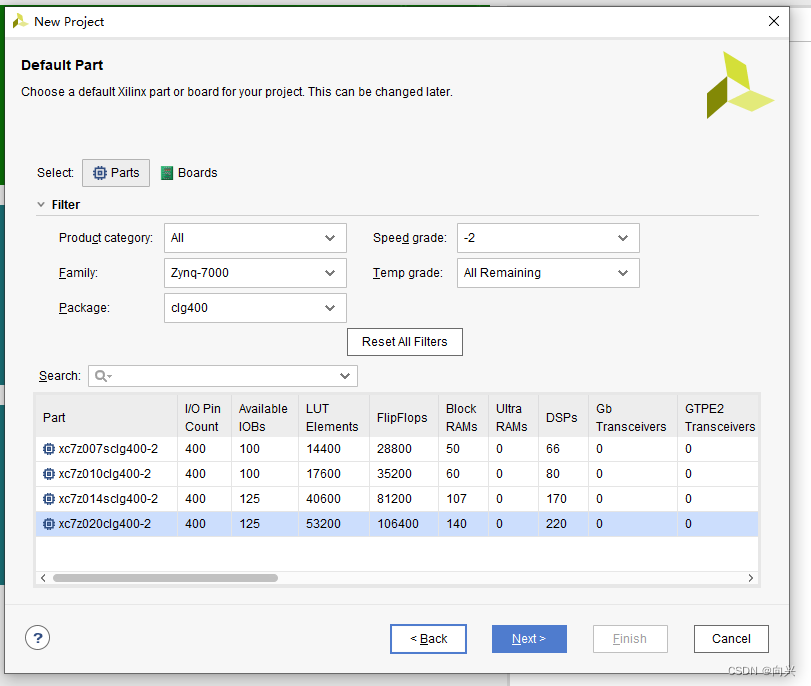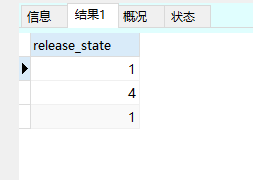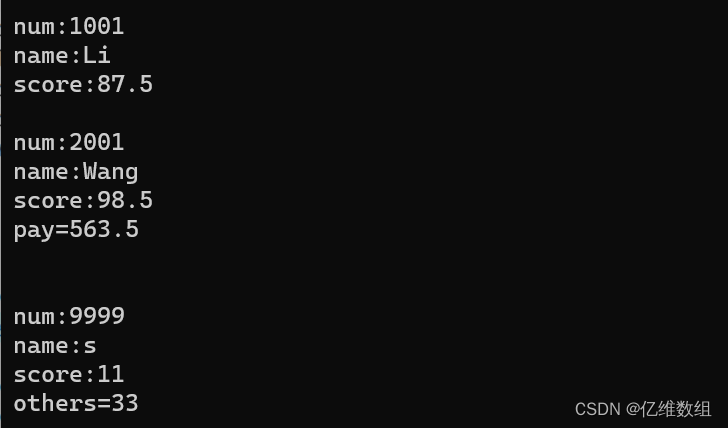文章目录
- 1.原题
- 2.算法思想
- 3.关键代码
- 4.完整代码
- 5.运行结果
1.原题
二叉树采用二叉链表存储结构,设计算法,判断二叉树是否为满二叉树。叙述算法思想并给出算法实现。
2.算法思想
通过一次遍历,得到结点个数和树的高度。用结点个数和树的高度的关系来判断是否为满二叉树。
3.关键代码
/**
* @struct treeNode
* @brief 二叉树节点结构体。
*/
struct treeNode {
int data; /**< 节点中存储的数据 */
struct treeNode *lchild; /**< 指向左子节点的指针 */
struct treeNode *rchild; /**< 指向右子节点的指针 */
};
/**
* @brief 计算二叉树的高度
*
* 递归计算二叉树的高度,并记录节点数。
*
* @param root 二叉树根节点指针
* @param n 指向节点数的指针,记录二叉树的节点数
* @return int 二叉树高度
*/
int treeHeight(struct treeNode *root, int *n) {
// 若根节点为空,则高度为0
if (root == NULL) {
return 0;
} else {
// 递归计算左子树高度
int leftTreeHeight = treeHeight(root->lchild, n);
// 若左子树不为空,则节点数加1
if (leftTreeHeight) {
(*n)++;
}
// 递归计算右子树高度
int rightTreeHeight = treeHeight(root->rchild, n);
// 若右子树不为空,则节点数加1
if (rightTreeHeight) {
(*n)++;
}
// 返回左右子树中的最大高度并加上根节点的高度
return (leftTreeHeight > rightTreeHeight ? leftTreeHeight : rightTreeHeight) + 1;
}
}
/**
* @brief 判断二叉树是否为满二叉树
*
* 验证二叉树是否为满二叉树,并输出节点数及高度信息。
*
* @param root 二叉树根节点指针
*/
void isTreeFull(struct treeNode *root) {
// 若根节点为空,则是空树
if (root == NULL) {
printf("This is an empty tree.\n");
return;
}
int n = 1;
int height = treeHeight(root, &n); // 获取树的高度和节点数
printf("number of the tree: %d\n", n); // 输出节点数
printf("height of the tree: %d\n", height); // 输出树的高度
// 判断是否为满二叉树
if (n == ((int) pow(2, height) - 1)) {
printf("This is a full tree.\n"); // 是满二叉树
} else {
printf("This is not a full tree.\n"); // 不是满二叉树
}
}
4.完整代码
/**
* @file main.c
* @brief 实现了二叉树及其相关操作。
*/
#include <stdio.h>
#include <stdlib.h>
#include <tgmath.h>
/**
* @struct treeNode
* @brief 二叉树节点结构体。
*/
struct treeNode {
int data; /**< 节点中存储的数据 */
struct treeNode *lchild; /**< 指向左子节点的指针 */
struct treeNode *rchild; /**< 指向右子节点的指针 */
};
/**
* @brief 计算二叉树的高度
*
* 递归计算二叉树的高度,并记录节点数。
*
* @param root 二叉树根节点指针
* @param n 指向节点数的指针,记录二叉树的节点数
* @return int 二叉树高度
*/
int treeHeight(struct treeNode *root, int *n) {
// 若根节点为空,则高度为0
if (root == NULL) {
return 0;
} else {
// 递归计算左子树高度
int leftTreeHeight = treeHeight(root->lchild, n);
// 若左子树不为空,则节点数加1
if (leftTreeHeight) {
(*n)++;
}
// 递归计算右子树高度
int rightTreeHeight = treeHeight(root->rchild, n);
// 若右子树不为空,则节点数加1
if (rightTreeHeight) {
(*n)++;
}
// 返回左右子树中的最大高度并加上根节点的高度
return (leftTreeHeight > rightTreeHeight ? leftTreeHeight : rightTreeHeight) + 1;
}
}
/**
* @brief 判断二叉树是否为满二叉树
*
* 验证二叉树是否为满二叉树,并输出节点数及高度信息。
*
* @param root 二叉树根节点指针
*/
void isTreeFull(struct treeNode *root) {
// 若根节点为空,则是空树
if (root == NULL) {
printf("This is an empty tree.\n");
return;
}
int n = 1;
int height = treeHeight(root, &n); // 获取树的高度和节点数
printf("number of the tree: %d\n", n); // 输出节点数
printf("height of the tree: %d\n", height); // 输出树的高度
// 判断是否为满二叉树
if (n == ((int) pow(2, height) - 1)) {
printf("This is a full tree.\n"); // 是满二叉树
} else {
printf("This is not a full tree.\n"); // 不是满二叉树
}
}
/**
* @brief 创建新节点。
* @param data 节点数据。
* @return 新节点指针。
*/
struct treeNode *createNode(int data) {
struct treeNode *newNode = (struct treeNode *) malloc(sizeof(struct treeNode));
newNode->data = data;
newNode->lchild = NULL;
newNode->rchild = NULL;
return newNode;
}
/**
* @brief 输出二叉树的括号表示法结构。
* @param root 二叉树根节点指针。
*/
void printTree(struct treeNode *root) {
if (root == NULL) {
return;
}
printf("(%d", root->data);
if (root->lchild != NULL || root->rchild != NULL) {
printf(" ");
if (root->lchild == NULL) {
printf("( )");
} else {
printTree(root->lchild);
}
printf(" ");
if (root->rchild == NULL) {
printf("( )");
} else {
printTree(root->rchild);
}
}
printf(")");
}
/**
* @brief 主函数展示二叉树操作。
* @return 程序退出状态。
*/
int main() {
struct treeNode *root = createNode(1); // 根节点为1
root->lchild = createNode(2);
root->rchild = createNode(3);
root->lchild->lchild = createNode(4);
root->lchild->rchild = createNode(5);
root->rchild->lchild = createNode(6);
root->rchild->rchild = createNode(7);
printf("Binary Tree in Parenthesis Representation: ");
printTree(root);
printf("\n");
isTreeFull(root);
return 0;
}
5.运行结果





![[超详细]基于YOLO&OpenCV的人流量统计监测系统(源码&部署教程)](https://img-blog.csdnimg.cn/img_convert/460a67a9854b029ee82e6a0c8a56b810.png)














